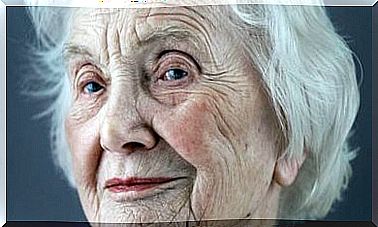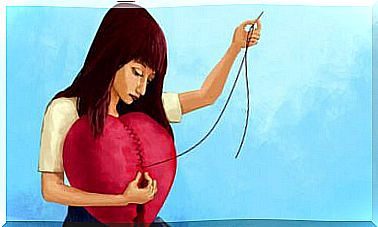Emmeline Pankhurts: Biography Of A Leading Suffragette
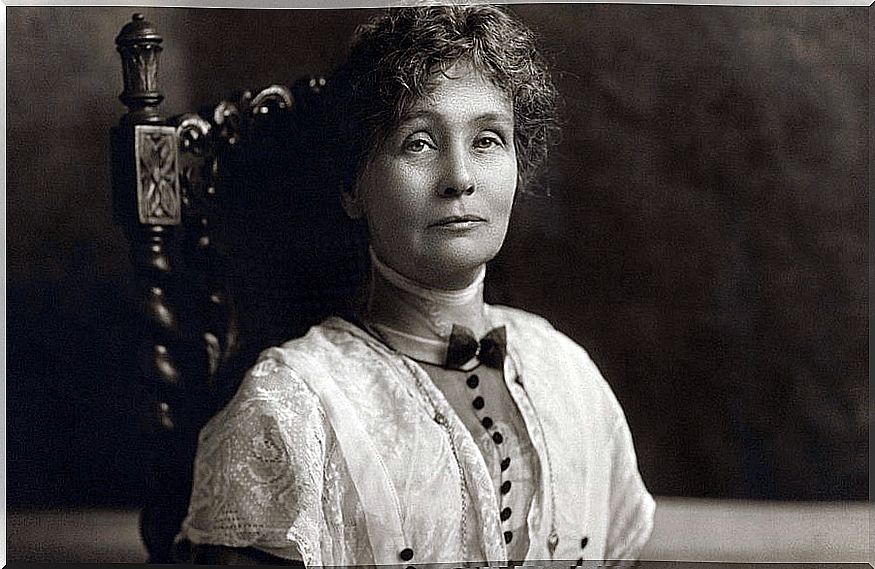
Today, we embark on a small journey through the life and accomplishments of a leader of the suffrage movement and political activist from Victorian England. The campaigns led by Emmeline Pankhurst were one of the breeding grounds for women’s suffrage that ended in the conquest of women’s right to vote.
Emmeline Pankhurst has gone down in history as the epitome of the passionate belief that women deserve the same civil rights as men. She fought tirelessly throughout her life for women’s suffrage, the eradication of poverty and ignorance
Time magazine ranked her as one of the 100 most important people of the 20th century. Their struggle was always of a social nature and their methods were more violent than what society was used to receiving from the female gender.
She was a woman of great charisma and incredible gifts to move the masses. What exactly did their fight consist of? How did your figure influence later generations? How did you contribute to changing your present and, consequently, our future? In this article, we invite you to discover a little more about Emmeline Pankhurts.
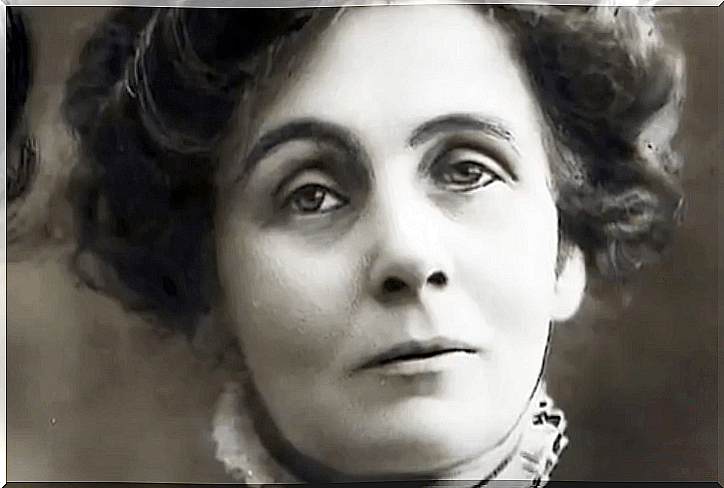
His early years
Emmeline Pankhurts was born on July 15, 1858. She was the daughter of Robert Goulden, owner of the Salford theater, belonging to a family of political activists. Emmeline’s mother was Sophia Craine, another Isle of Man political activist. They both supported the abolition of slavery movement in the United States when Emmeline was still young.
At the age of 20, she meets and falls in love with the lawyer and political activist in favor of educational reform and feminist suffrage, Richard Pankhurst, 24 years her senior. Later, they married and had five children, although family and married life did not prevent both from actively pursuing their political and social demands.
Suffragism
The suffragist organizations of that time were beginning to give in to the idea of getting the vote only for single or widowed women. Emmeline and her husband disassociated themselves from this idea and organized a new group, the Women’s Franchise Leage.
This new movement advocated the right to vote for all women without exception, equal rights in divorce and inheritance. The movement soon after radicalized to the extreme left and many of its members abandoned it.
Emmeline Pankhurts: political career
After some time in London, she returns to Manchester, and that is when Emmeline Pankhurst begins her career in political activism on her own. After several failed attempts, in which she is rejected for being a woman, Emmeline manages to join the Independent Labor party. From there, he handles food distribution through the Committee for the Relief of the Unemployed.
The state of poverty and helplessness that he found there affected him deeply and he began to work in favor of the reform of the law for the protection of workers. After several episodes that occurred in the marriage, which left them with a significant loss of income, Richard fell ill and died, leaving Emmeline in charge of her family and with a series of significant debts.
She gets a job in the civil registry and gets involved in denouncing the social conditions of women in the region. At the same time, her older daughters join the fight for women’s suffrage.
Facts, not words
Disappointed by the political parties and suffrage movements for their little or no achievement of objectives , she decides to abandon all these movements and found the Women Social and Political Union, WSPU, open only to women and with which she established her motto: “facts, not words”.
In no time, the WSPU is radicalized and begins to use violent tactics as a wake-up call to its demands. The breaking of glass, the attack on private property and the prison hunger strikes made popular.
Pankhurst, like many others, was attacked by the men of the Liberal party and by the forces of order; getting to be arrested and imprisoned on numerous occasions. In this period, he had already sold his home in Manchester and was traveling in England and the United States, giving rallies and conferences motivating the fight.
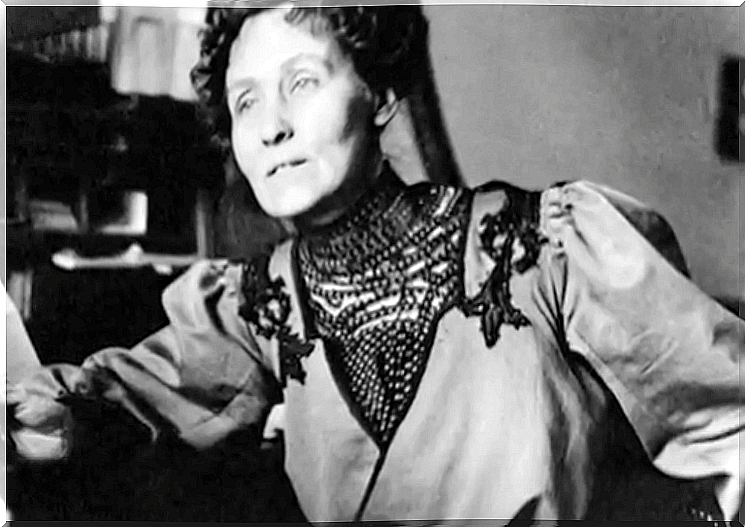
Emmeline Pankhurst and the right to vote for women
At the start of the First World War, Emmeline reaches an agreement with Parliament that frees the WSPU inmates from prison in exchange for a truce in the violent actions. The agreement also includes the support of the organization’s women for the British cause against Germany.
This agreement would create divisions within the movement and make a difference that ended up being insurmountable with one of his daughters. After the war, Emmeline begins to dislike leftist politics and joins the Conservative party.
The Conservatives enjoyed the sympathy of the people at the time and Pankhurts sees in them an opportunity to attract future voting rights for women. Voting rights that would be obtained a few weeks before Emmeline died and that she came to see realized at the age of 69.
The most violent side of suffragism
Controversial, energetic, fighter and radical. He attacked and abided by different political ideas, always to reach his goals in women’s suffrage. Loved and hated in equal measure, Emmeline left no one indifferent and inspired women of all walks of life.
She represented the tougher side of suffragism, but her violent methods were not shared by all suffragettes. Male methods and uses that were the only ones that drew attention to the demands of women. She dared to speak the only language the patriarchal system understood: that of violent protest. And there is no doubt that it was heard.

